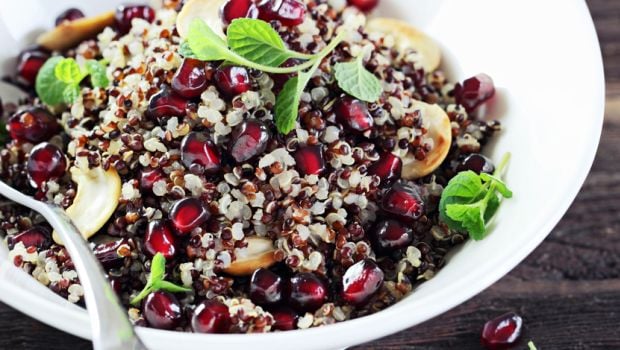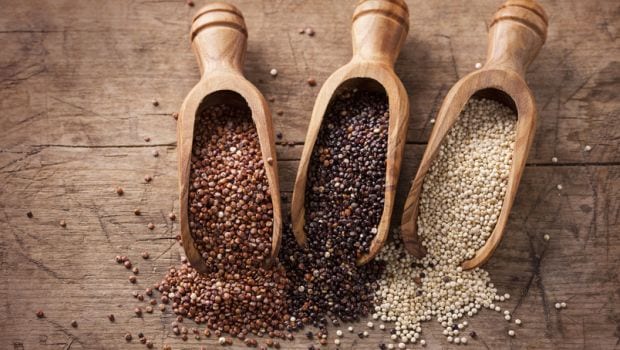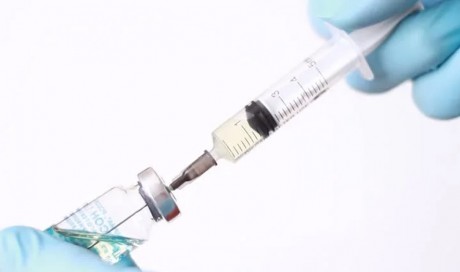4. Seeds

Seeds are powerhouses of protein as well. Sunflower seeds, for instance, contain 3.3g of protein per 100 calories. Plus, they're super versatile to use. Like nuts, you could toss them into your porridge, cornflakes or muesli, toast lightly and sprinkle as toppings on soups, or pop into stir-fries and salad dressings. Sesame seeds, high sources of protein, make excellent supplements to plant proteins. My own favourite way to consume these is in crisp til chikkis or ladoos.
5. Quinoa

Quinoa, which is technically a seed, also packs a strong protein-punch; a quarter cup (uncooked) has up to 8g of protein. Quinoa often makes a great substitute for starchy rice and pasta, and you can cook it like an upma, use it in a salad and even toss some vegetables and cook it like a light, healthy pulao.
6. Ancient Grains

Grains, like oats, wheat, ragi and bajra (millets), are packed with protein. Your breakfast oatmeal and bajre ki roti/ khichdi are excellent ways to up the protein in your diet. I'm including rajgira (amaranth) in here, which isn't a grain technically, but is often treated as one. The Whole Grains Council says that "at about 13-14%, it easily trumps the protein content of most other grains. You may hear the protein in amaranth referred to as 'complete' because it contains lysine, an amino acid missing or negligible in many grains." It's fairly easy to buy rajgira ladoos, cooked with sugar or jaggery, especially in the winter. But it's healthier to add amaranth flour to your daily chapati or paratha atta. In fact, making your chapatis from a blend of attas will substantially raise their nutritional value.
Share This Post














